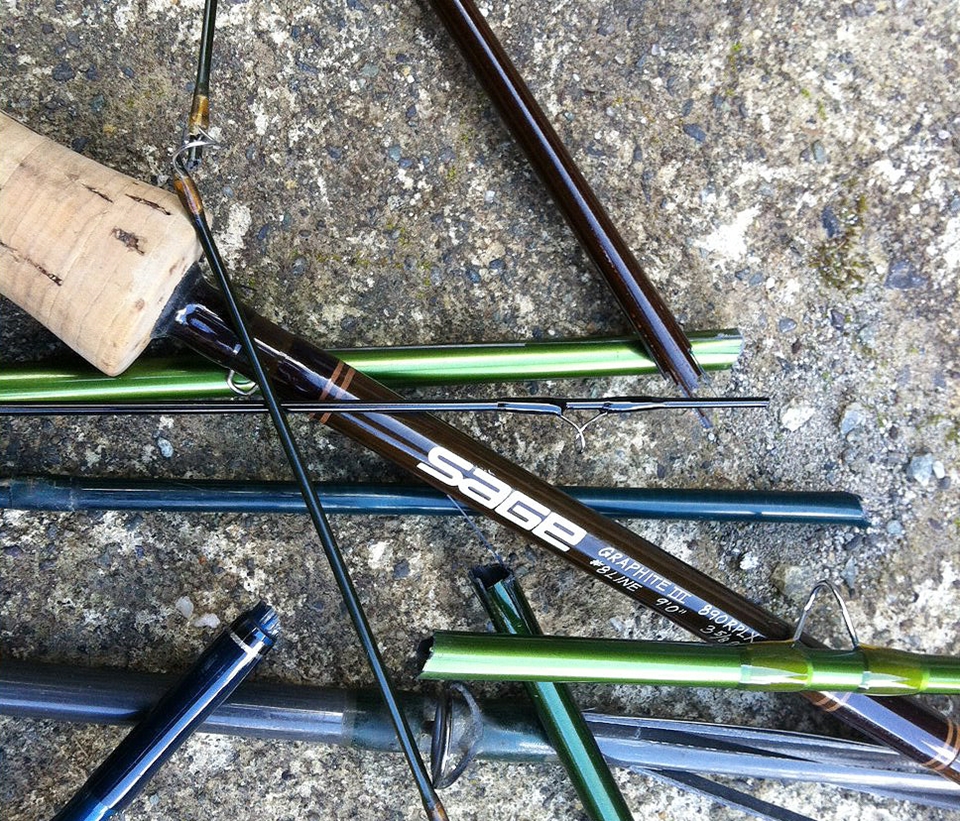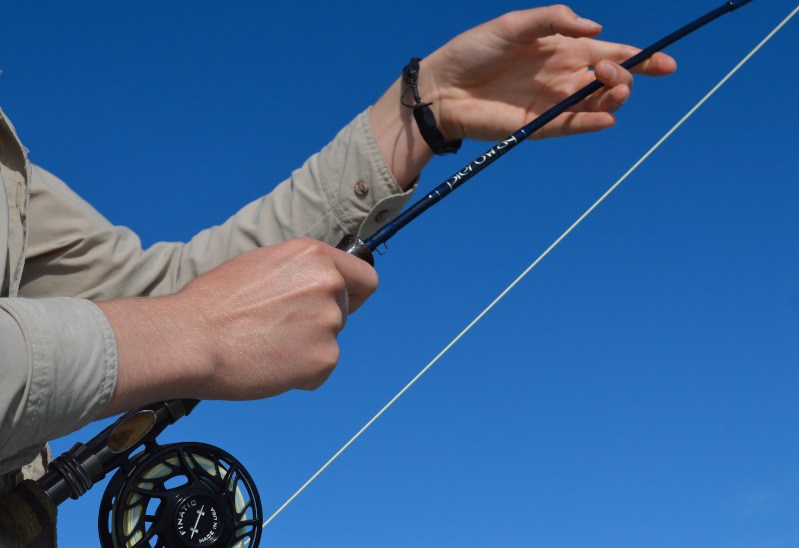
Over approximately 30 years of fly fishing, I have broken one rod. And that was kind of a fluke. About 25 years ago, I was floating extremely high water on the Cumberland River in Kentucky when I hung a streamer on some submerged wood. While trying to dislodge it, the river began pushing the boat toward a “sweeper” that likely would have capsized the boat. Since I was in charge of steering the vessel, I had to act quickly and the rod was an unfortunate casualty in my evasive maneuver.
Some might say I’m lucky to have such a long streak without breaking a rod. And the fact that I’m putting this in writing all but guarantees I’ll break one the next time I go fishing! It is certainly possible as accidents do happen. But in the span of approximately 25 years of guiding, I’ve seen dozens of rods broken by clients. Dozens… and that’s being conservative! With that kind of disparity, I can’t help but think there may be a little more than luck at play.
Yes, accidents are going to happen, but there are a number of things I see anglers repeatedly do with their fly rods that lead to breakage. And there are plenty of other things that may not instantly break the rod but will stress it, leading to a seemingly inexplicable break at a later time. So here we go… Here are the top 10 ways to prevent breaking your fly rod.
1) Store your rod in a tube.

Many rods get broken or weakened in transit. Folks toss them in the back of a truck or the trunk of a car and then set something on them, a cooler shifts, etc. I’ve never seen a rod break while it was in its tube!
2) Be gentle.
This one should be obvious, but it’s not for many. Set you rod down. Don’t toss it. Few things make me cringe more!
3) Keep the tip up.
When walking with your rod, be mindful to keep the tip pointing up. I can’t tell you how many times I see people jab the tip into the ground when walking on a trail. Even if it doesn’t break, you’re potentially damaging the rod every time that happens.
4) Keep the rod ahead of you when walking through the brush.
There are many who disagree with this and argue that the rod should be pointing behind you when traveling through the brush. I’m sure I’ll hear from you! Fly line, leaders or rod guides can easily get caught on branches when carrying the rod pointing behind you. Because you don’t see it happen, you continue moving full speed ahead and pull hard against the branch. I’ve seen guides get completely ripped off and I’ve seen rod tips snap. I like to see where the rod is going so I can steer it around obstacles in the woods.
5) Don’t hold the rod by its tip section.
I sometimes see this happen when people are stringing up the rod at the beginning of the day. However, it mostly occurs on the stream when the line gets tangled near the tip. To reach the tangle, the fisherman will hold the rod somewhere between the tip and mid section of the rod while the heavier butt end causes the rod to bend. Your rod is not designed to do this and it stresses the graphite tremendously. You don’t want to hold the rod like this in any circumstance, but it’s even worse in the stream when the reel is attached. To reach a tangle at the tip of the rod, set the butt end of the rod on the bank or a rock to support the weight.
6) Don’t pull against the limb with the rod when trying to pull a fly out of a tree.
If the line is wrapped in the limb, you may end up with a broken rod tip. Instead, point the rod straight at the limb and pull straight back. Or grab the line and pull it with your hand. You’ll not only protect your rod tip, but you’ll be more likely to break the line near the fly.
7) Don’t set the rod flat on the ground (or boat bottom).
When taking a break, lean the rod upward somewhere, like against a tree. Setting the rod flat on the ground is an invitation for you or a buddy to step on it.
8) When fighting a big fish, use the whole rod.

Many fishermen are taught to put their hand or finger midway up the rod to apply more pressure on a large fish. Instead, you are applying more pressure on your rod. Your fly rod is a precision tool designed to bend in a very specific way. Holding the rod by the handle and not applying pressure farther up the rod will ensure that your rod is bending where it should, protecting your tippet and your rod tip from breakage on a big fish.
9) Use the recommended fly line to match your rod.
If you have a 5-weight rod, use a 5-weight line. Sure it’s okay to fudge up one size if you deem it necessary, but routinely overloading a rod with a significantly heavier line can stress the rod over time.
10) Learn how to fall.
I know, I know. This one sounds harsh, but respect the rod! I learned very early on in my fly fishing career to break my fall with my non rod hand. As a matter of fact, when I stumble in the stream, my rod hand immediately goes up!
Also see related article: Fly Fishing Gear Maintenance

